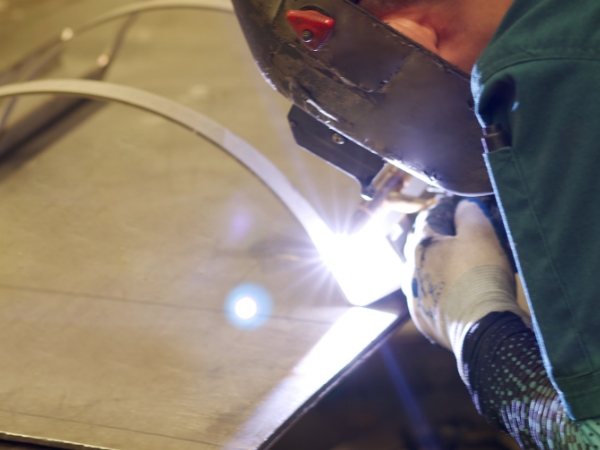
Tungsten inert gas welding (TIG), also known as gas tungsten arc welding (GTAW), features high welding quality, reliability, good forming ability, and no slag. It is widely used in the welding of sintered filters and candle filters.
In the production of metal filter elements, we adopt advanced manufacturing Capacity to provide you with high precision and quality metal filter elements.
We have professional equipment and can independently produce woven mesh, sintered mesh, and pleated materials for filter elements. Additionally, we have the ability to customize and manufacture above-standard filter elements by understanding your needs.
Metal woven mesh is the basic material for sintered mesh filters. The combination of plain weave, twill weave, Dutch weave and other weave types allows our woven mesh to meet any filtration fineness requirements. We can produce woven mesh filter elements in different materials, and can suit to different temperatures, solvents, and environments.
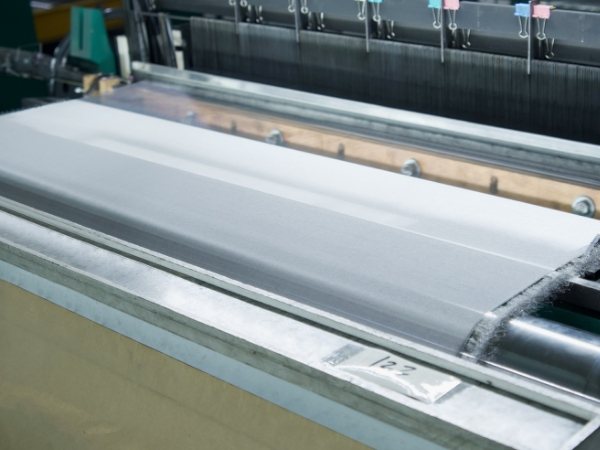
The sintering process is a process in which wire mesh is rolled, pressurized and vacuum sintered. By sintering, the material becomes more compact, resulting in a new material with completely different properties. The material has more uniform pore size and stable porosity than before, which leads to better filtration performance. The sintered mesh produced can be used to make multilayer sintered mesh filter cartridges.


Tungsten inert gas welding (TIG), also known as gas tungsten arc welding (GTAW), features high welding quality, reliability, good forming ability, and no slag. It is widely used in the welding of sintered filters and candle filters.

Roll welding uses a wheel-shaped electrode to weld longer and continuous seams, making it suitable for welding single-layer woven mesh filters.

Spot welding, also known as resistance spot welding (RSW), uses the heat generated by an electric current to join materials together. It is suitable for welding various filter screens or single-layer filter elements.
The pleating process can increase the surface area of the filter material, improve its dirt holding capacity, and reduce the pressure on the filter surface, thereby extending the operating time and service life of the equipment and lowering the frequency of equipment maintenance. It is applied in the production of metal pleated filter elements.
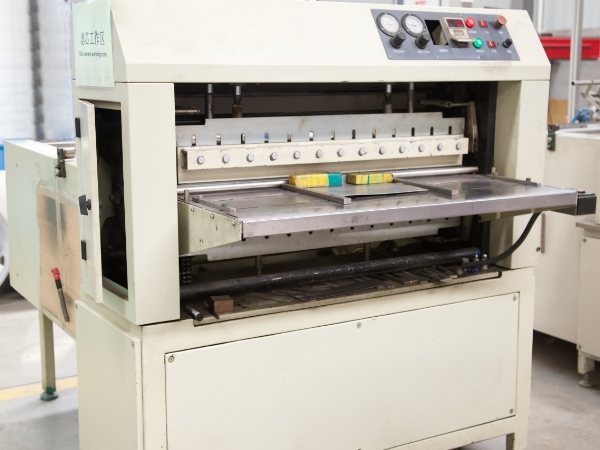
Laser cutting is a process that uses a high-powered, computer-controlled laser to cut metal parts. Laser cutting produces less waste and requires less energy to complete a project than traditional methods, whiling offering higher precision. It is often used in the processing of polymer extruder screens, leaf filter elements, and basket filters.

CNC punching is used to produce perforated metal. Perforated metal has a stable structure and good abrasion resistance. The perforated metal produced is mostly used to make the support layer of multilayer structured filter elements or to make temporary filters or perforated basket strainers.
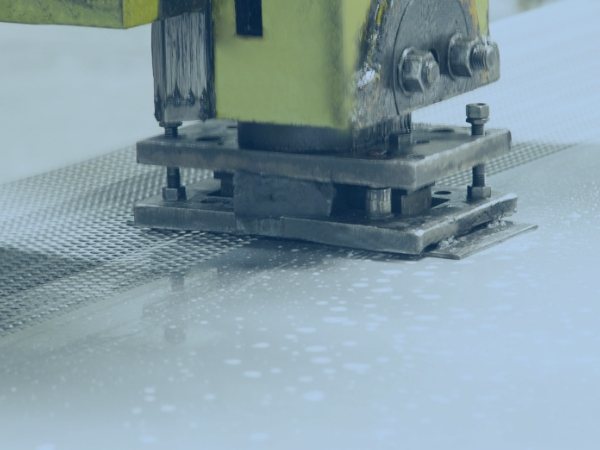

Laser marking is a process that uses laser beams to form a marking on the material surface. It is often used to mark your brand logo on metal products.
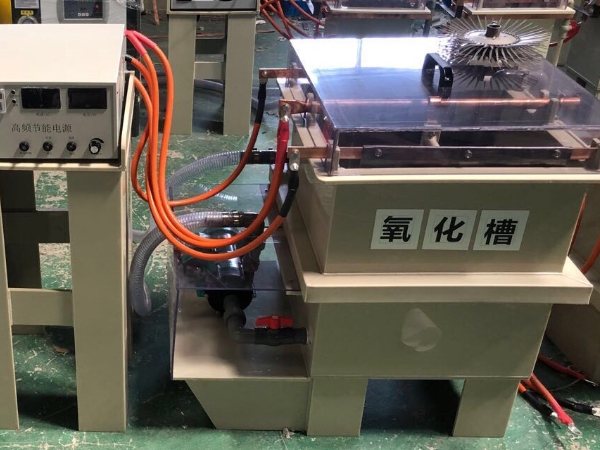
Anodizing is a process of forming an oxide layer on a stainless steel plate by placing the plate in the corresponding electrolyte as an anode under specific conditions. It enhances the corrosion resistance of the material.

Polishing includes manual polishing and electrolytic polishing, which removes dirt from the metal surface by grinding to give it a glossy finish.